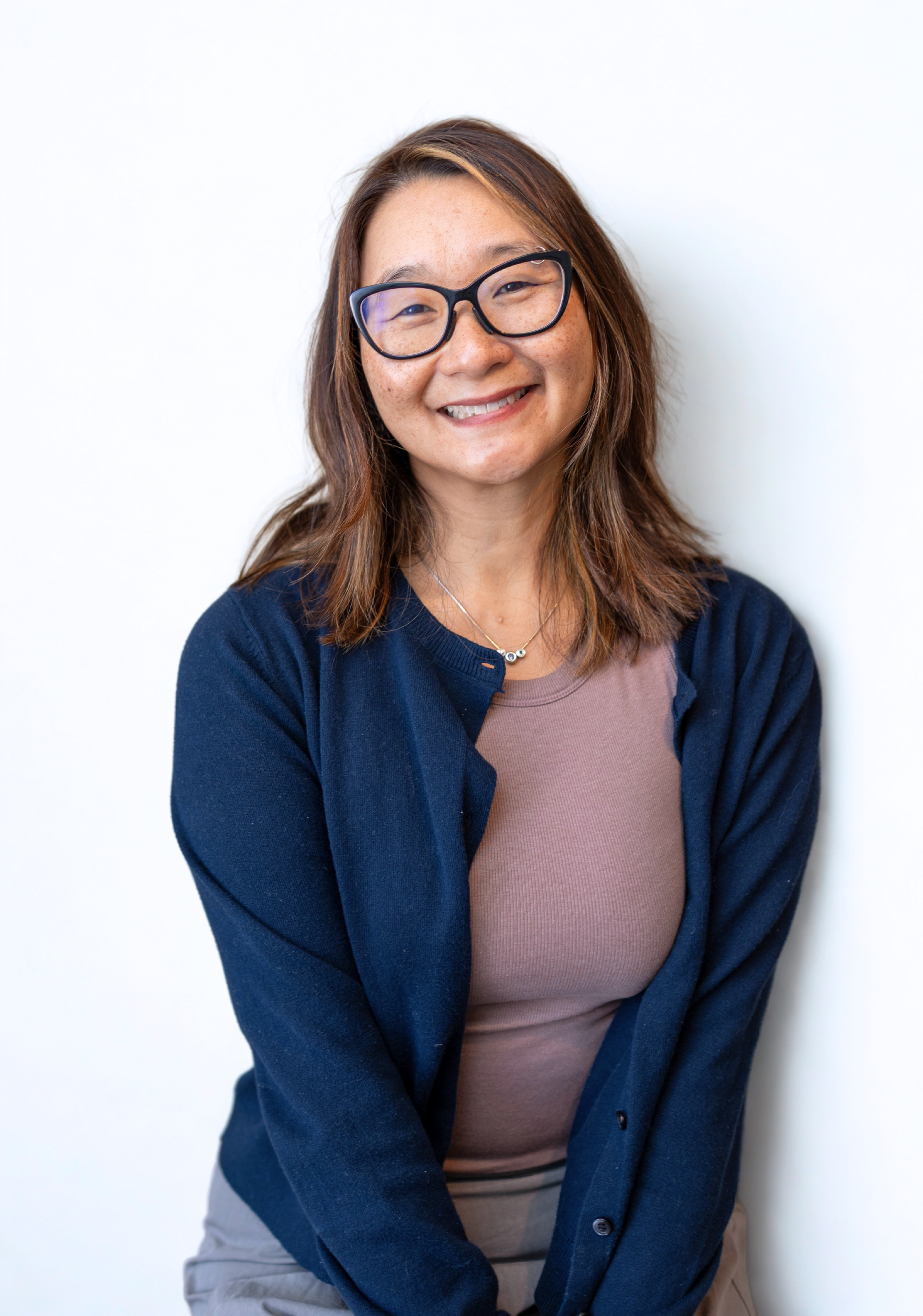Turning Pain Into Purpose with Simon Benn of Thriving Adoptees
Today we are honoring the release of the podcast episode, Moving Beyond Pain, with Simon Benn of Thriving Adoptees and Tanya Kaanta, Director of The Ties Program. We asked what healing means to Simon and Tanya. These are their responses.
Simon Benn of Thriving Adoptees.
For most of my life, I didn’t think I was wounded. I didn’t feel wounded. I felt angry sometimes. Was that trauma? But when I read The Primal Wound, something shifted. It named something I hadn’t seen. Not all adoptees relate to the idea of a primal wound—but for those who do, it’s not one-size-fits-all. There’s a spectrum. For me, it felt more like a paper cut. For others, it’s a shark bite from the great white in Jaws.
The reason most of us don’t see it? Fog. Not denial—just haziness. Because the trauma happened before memory. Before words. Before we had a story to make sense of separation. There’s just a feeling—raw, wordless, and unexplained. That’s the fog we live in. In the absence of the truth our incredible imagination can really go to town and create a terrible truth we’re totally bought into.
When the fog lifts, we see the storm—clouds of trauma, terror, rejection, grief, shame, and confusion. After the storm passes, the sky clears and it’s brilliant blueness is revealed. Here’s the insight that changed everything for me: I’m not the storm. I’m the sky it moves through. And the sky is unwounded. Feelings come and go. I remain.
“Because once we know we’re not the storm, we stop fearing the weather.”
People say time is the greatest healer. But if nothing changes, nothing heals. Time only works if something shifts. What truly heals is insight. Seeing our wholeness. Feeling whole. Disbelieving our woundedness. What gets in the way? Beliefs, like bouncers on the door of our brain, keeping new ideas out.
Healing happens on two levels. Psychologically, it’s lifelong. There’s always more to uncover, feel, integrate. But beneath all that is something deeper. Our essence. The Self. And it is intact.
I use rock, paper, scissors to explain it. The trauma is the paper—what covers Us. But the rock—the Self—is untouched. Unwounded. Always there.
Healing isn’t about fixing. It’s about seeing. Seeing that We are not broken. That We are the sky, not the storm. The rock. Trauma is the paper not the scissors. It doesn’t wound Us, it hides us.
That insight doesn’t end the journey.
But it transforms everything.
Because once we know we’re not the storm, we stop fearing the weather.
Simon Benn was adopted at five weeks old and always knew he was adopted—so early, in fact, that he doesn’t remember a time when he didn’t know. Life carried on without disruption until, at age 40, he discovered that his childhood teddy bear had been a gift from his birth mother.
The revelation triggered an eruption of anger, feelings of rejection, and a deep sense of being unloved. This moment marked the beginning of a profound healing journey—one that led Simon to uncover the powerful truth behind “Ted,” his teddy bear, and led him to interview over 500 voices in the adoption world. Simon now dedicates himself to helping fellow adoptees not just survive, but to thrive. To learn more, listen to Simon’s podcast Thriving Adoptees today.
Tanya Kaanta, Director of The Ties Program
When I was younger, I mistakenly believed healing to be an end goal—a state I could finally attain where all my problems would be solved. I thought if I only worked harder in my therapy sessions or found the perfect modality, I could achieve a “healed” state. Now in my 50s, I've long understood that healing, particularly as an intercountry adoptee, is far more dynamic. It’s a continuous process of integration, exploration, negotiating, and redefining who I am based on my past experiences and how I presently feel and exist.
Trauma and loss are, of course, inherent to adoption, as loss is at its foundation—a loss of family, identity, and culture. Of course, there are gains as well, some viewed as negative, some as positive. While I cannot change the past, I can change the present and what I decide to do with the here and now. I can acknowledge how decisions made beyond my control have impacted me, and then decide that there are indeed decisions within my control that I have the ability to shape. These are the spaces where I am constantly integrating healing.
“While I cannot change the past, I can change the present and what I decide to do with the here and now.”
The work I do now for Ties is unbelievably heart centered and at the epicenter of this integration for me. It’s how I choose to live my life authentically, helping others, being in a community who understands what it means to support adoptees. How I can be my authentic self when I acknowledge the pain of my past, the growth I have experienced, the wisdom I have gained from my peers, and the love I have shared with families. It’s give and take, it’s beautiful especially when it’s in connection with others, and thus an ongoing integration of healing.
Tanya is a Korean adoptee and former academic. She has a Ph.D. in Sociology and an M.S. in Student Affairs in Higher Education with a focus on intercountry adoption, identity formation, emotion work, advocacy, and agency. Prior to Ties, she worked 20 years in higher education supporting students, teaching sociology, and conducting evaluation research. She has spoken at multiple Heritage Camps and first started working with Ties as an adjunct team member for Kazakhstan in 2019, where she loved connecting with both adoptees and parents. She is currently program manager for India, India Ties Kolkata, Kazakhstan, Korea First Wave, Korea Ties 21+ and Community & Connection: Wellness.
Listen to the podcast with Tanya and Simon here.

